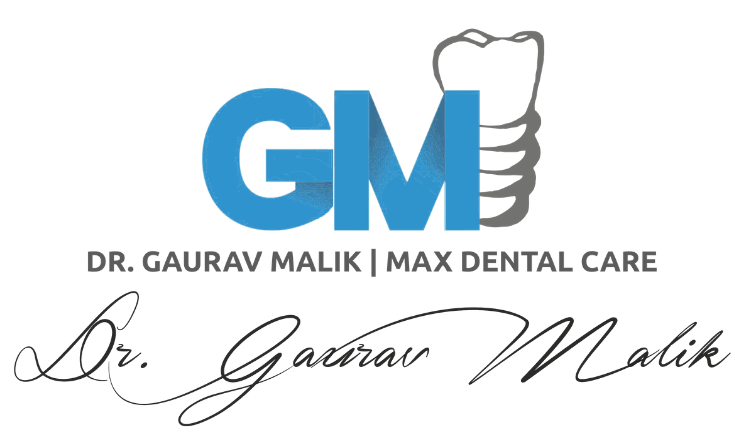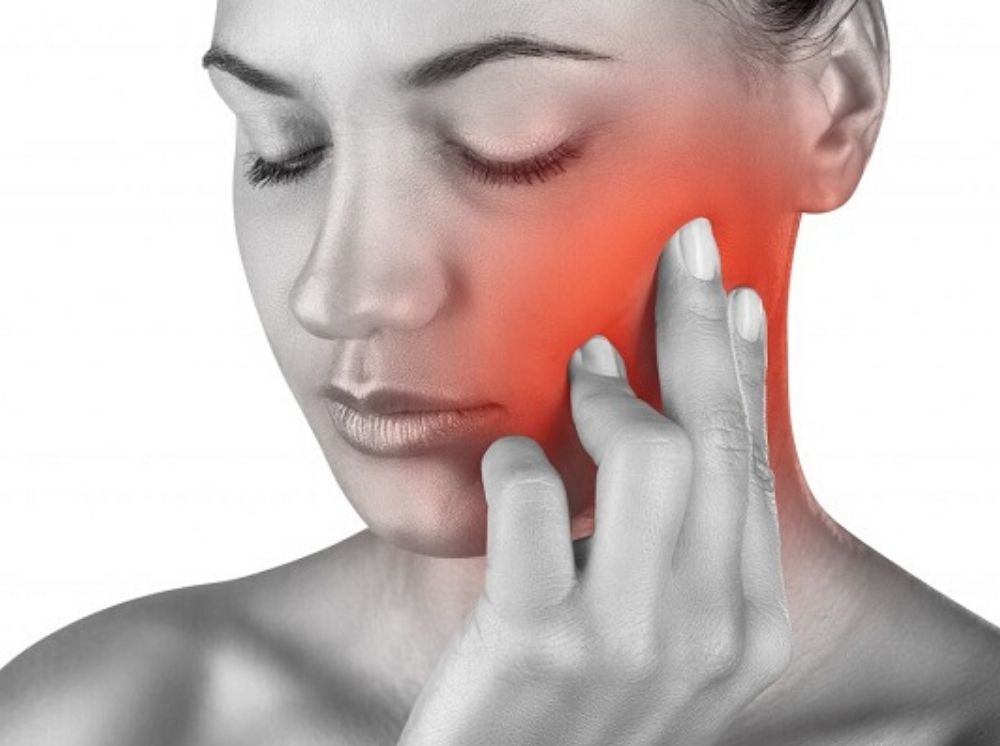What is TMJ?
The temporomandibular joint (TMJ) is the joint that connects your mandible (lower jaw) to your skull. The joint can be found on both sides of your head in front of your ears. It allows your jaw to open and close, enabling you to speak and eat.
What causes TMJ disorder?
In many cases, it’s not known what causes a TMJ disorder. Trauma to the jaw or joint may play a role. There are also other health conditions that may contribute to the development of TMJD.
These include:
- arthritis
- erosion of the joint
- habitual grinding or clenching of the teeth
- structural jaw problems present at birth
TMJDs are the second most commonly occurring musculoskeletal conditions resulting in pain and disability
One of the most common complaints we hear from temporomandibular joint (TMJ) patients is that their jaw will “pop” or “click”. In many cases, the popping or clicking is harmless, painless and does not impair function.
In many cases a “clicking” TMJ will not progress, but in some instances clicking may stop and the patient may notice a loss of mouth opening and onset of pain. This should then signal a sure need to follow up with a dentist to address the situation.
There are many physical therapy treatment approaches we have to address either a clicking TMJ that becomes painful and/or one with limited mouth opening and function.
Signs & Symptoms of TMJ Disorder
A variety of symptoms may be linked to TMJ disorders.
Pain, particularly in the chewing muscles and/or jaw joint, is the most common symptom.
Other likely symptoms include:
- radiating pain in the face, jaw, or neck, n jaw muscle stiffness.
- limited movement or locking of the jaw.
- painful clicking, popping or grating
Various concepts to fasten healing of Musculoskeletal Pain
1. Reduce Strain
2. Relaxation
3. Posture
4. Stretching
Apply moist Heat or Cold and Massage Tender Muscle and Joints
Heat or ice applications used up to four times per day while resting may relax muscles responsible for causing pain. For heat, microwave a wet towel for approximately 1 minute or until towel is warm and wrap around a hot-water bottle or heated gel pack. For cold, use ice wrapped in a thin cloth on the area until some numbness is felt. Use what feels best. Apply for 15 to 20 minutes, taking care not to burn or freeze skin.
Avoid Foods that irritate your symptoms and chew on both sides
Avoid firm foods, such as French bread or bagels. Avoid chewy food such as steak or candy. Cut fruits and vegetables into small pieces. Chewing on both sides will reduce strain. Do not chew gum.
Avoid events or activities that Trigger Pain
Use a pain diary to review daily activities that aggravate the pain and modify your behaviour accordingly.
Avoid Muscle Testing Habits and Activities that Strain the Jaw and Head Muscles
Notice if you do any of these oral habits. Use reminders such as stickers or timers. If noticed, replace negative habits with positive habits such as the “n” tongue position.
- Teeth clenching and grinding
- Teeth touching or resting teeth together
- Teeth tapping
- Biting cheeks, lips, and objects
- Hard and chewy foods
- Resting your jaw on your hand
- Pushing the tongue against the teeth
- Pushing the jaw forward or to the side
- Tensing the jaw
- Jaw strain from musical instruments or scuba
- Opening the mouth too wide with yawning or singing
Practice general relaxation, meditation and abdominal breathing
This helps reduce your reactions to stressful life events, decreases tension in the jaw and oral habits such as clenching. (Right now I love the Calm app, you can get it on your iphone)
Maintain good jaw posture. Keep your tongue up, teeth apart, and jaw muscles relaxed
Closely monitor your jaw position during the day (waking hours) so that you maintain your jaw in a relaxed, comfortable position. This often involves placing your tongue lightly on the palate behind your upper front teeth (find this position by saying “n”), allowing the teeth to come apart while relaxing the jaw.
Stretch the jaw and temple muscles
Place two to three fingers between your front teeth for a count to 20: Rest and repeat 6 times. Gradually increase range of motion as tolerated.
Get a good night’s sleep
Avoid caffeinated beverages (e.g) coffee, tea, and soft drinks. Improve sleep environment by reducing light and noise. Get a comfortable mattress and pillow. Reduce stimulating activities in late evening including computer work, video, and exercising. Do not sleep on your stomach.
Use anti-inflammatory and pain-reducing medications
Short-term or intermittent use of over- the-counter ibuprofen, naproxen, acetaminophen, or aspirin (without caffeine) may reduce joint and muscle pain. Prolonged use daily may contribute to rebound pain and perpetuate the pain. Consider use of combination of analgesic and muscle relaxant in evening. Consult with your primary care provider when taking medications.
If you think you have a TMJ DISORDER
Remember that for most people, discomfort from TMJ disorders will eventually go away on its own. Simple self-care practices are often effective in easing symptoms. If treatment is needed, it should be based on a reasonable diagnosis, be conservative and reversible, and be customized to your special needs.

